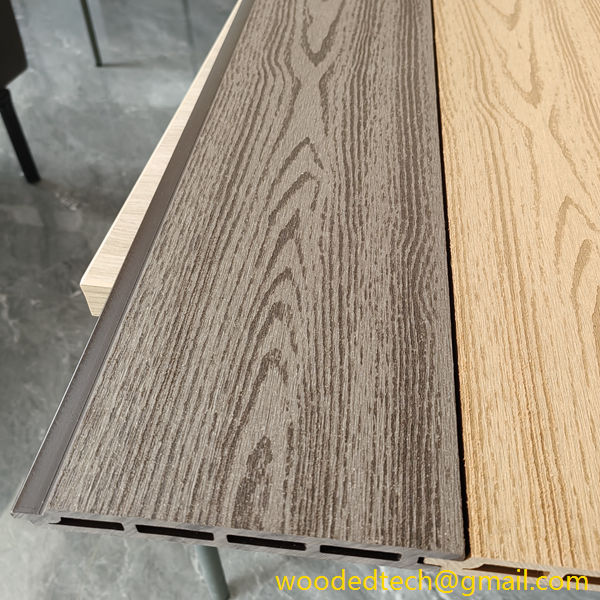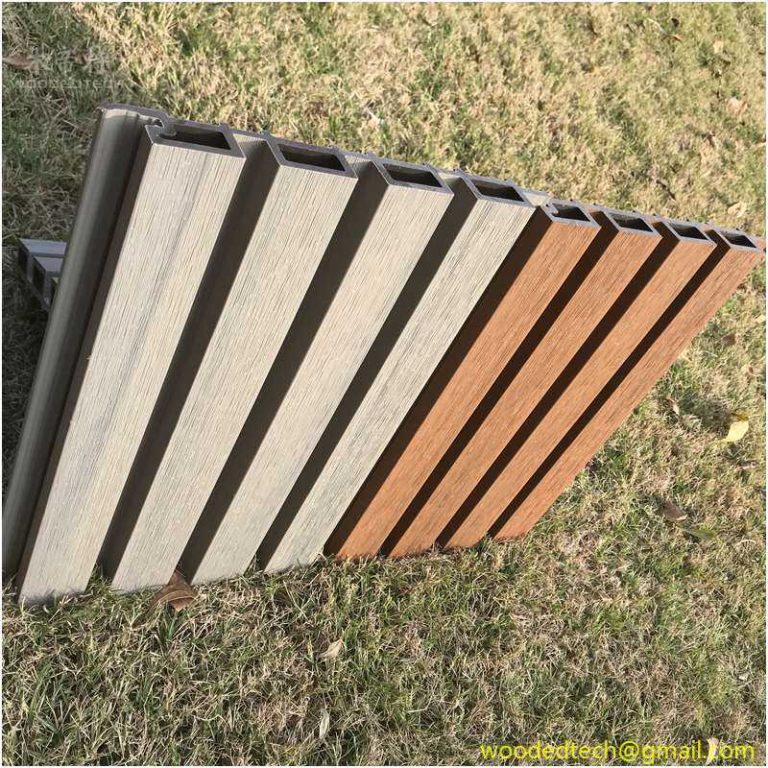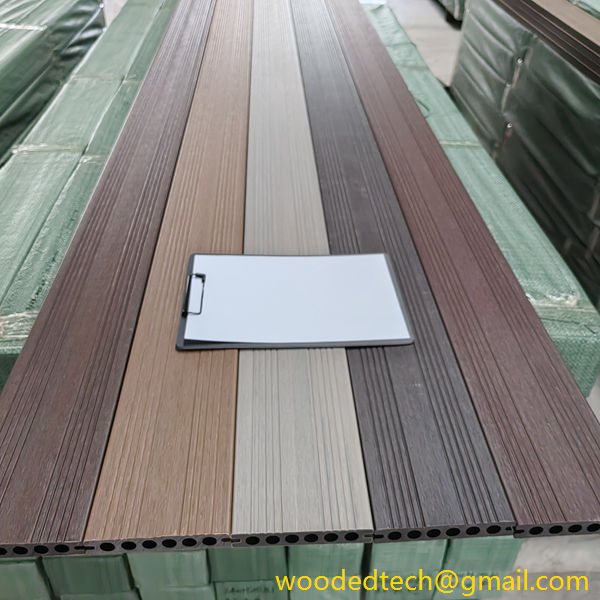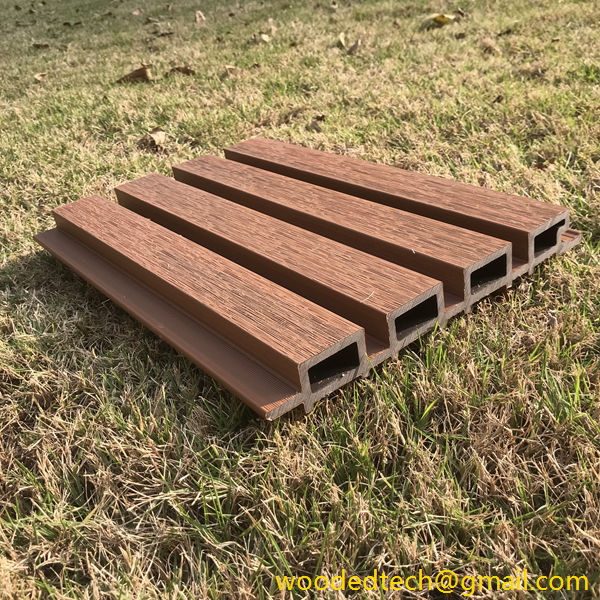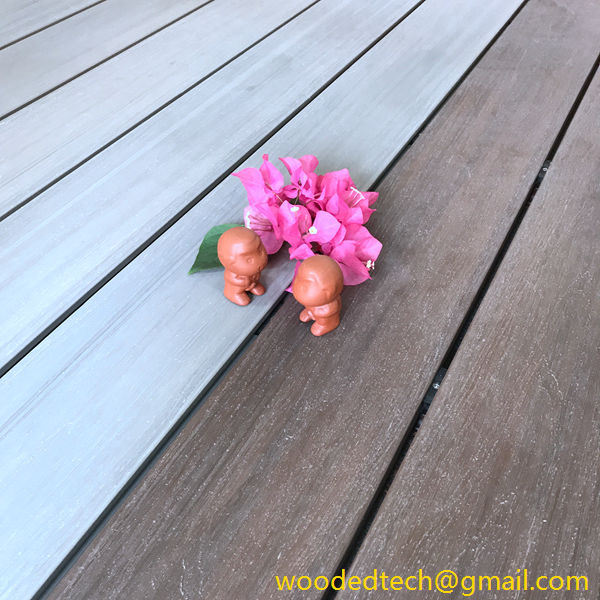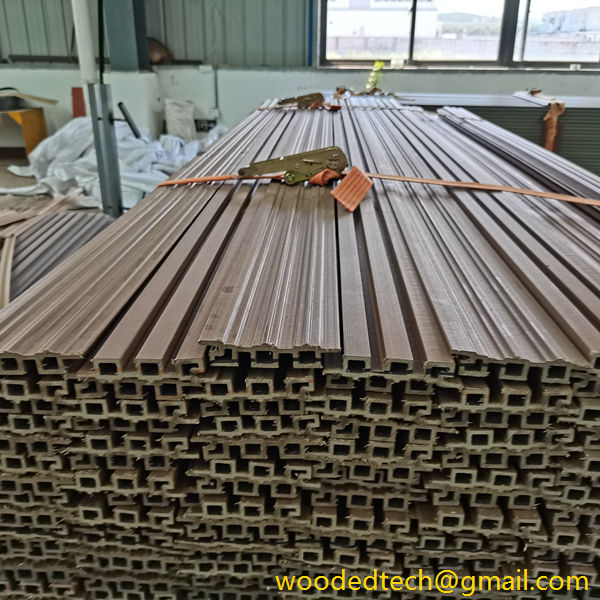Explore Wood Plastic Composite Wall Panels for Modern Interiors
Wood Plastic Composite Wall Panels, commonly referred to as WPC panels, have emerged as a popular choice for modern interiors due to their aesthetic appeal, durability, and low maintenance requirements. These panels combine the natural look of wood with the resilience of plastic, making them an ideal material for various applications, including residential and commercial spaces. This article explores the features, installation, and maintenance of WPC wall panels, highlighting why they are a suitable option for contemporary designs.
One of the primary advantages of WPC wall panels is their versatility. Available in a wide range of colors, textures, and finishes, these panels can easily mimic the appearance of traditional wooden surfaces while offering improved performance. The composition of WPC panels, which typically includes wood fibers and recycled plastic, enhances their resistance to moisture, pests, and decay, making them particularly suitable for areas prone to humidity or temperature fluctuations.
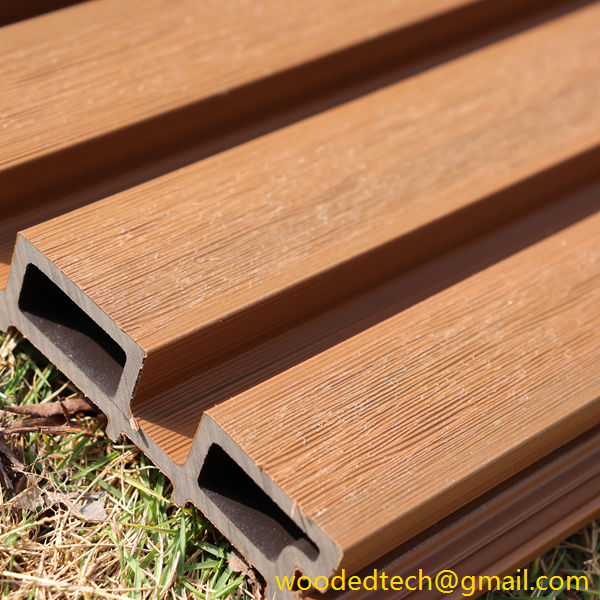
When it comes to installation, WPC wall panels are designed for user-friendly application. They can be installed over existing walls or as part of new constructions, providing flexibility for homeowners and builders alike. The lightweight nature of the panels simplifies handling and reduces the overall installation time. Most WPC panels come with interlocking systems or tongue-and-groove edges, allowing for a seamless fit that minimizes visible joints and enhances the overall aesthetic.
Before beginning the installation process, it is essential to prepare the wall surface properly. The area should be clean, dry, and free of any debris that could interfere with the adhesion of the panels. If installing over drywall, it is advisable to check for any signs of water damage or mold, as these issues can compromise the integrity of the installation. For optimal results, it is recommended to use a level to ensure that the panels are installed straight, as uneven surfaces can lead to complications down the line.

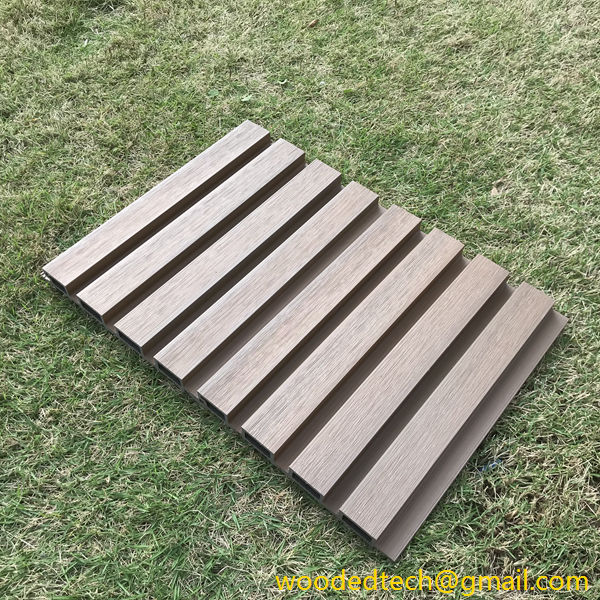
In terms of maintenance, one of the most significant benefits of WPC wall panels is their low upkeep requirements. Unlike traditional wood panels that may require regular staining, sealing, or painting, WPC panels can be easily cleaned with soap and water. This makes them an excellent choice for spaces that experience high traffic or are prone to spills and stains, such as kitchens and living areas. Additionally, their resistance to fading and discoloration ensures that they retain their appearance over time, even when exposed to sunlight.
While WPC panels are generally durable, it is crucial to follow specific maintenance guidelines to extend their lifespan. Regular inspections should be conducted to check for any signs of damage or wear. If any panels become loose or detached, they should be re-secured promptly to prevent further issues. Moreover, it is advisable to avoid using abrasive cleaners or tools that could scratch the surface of the panels, as this could compromise their appearance and integrity.
For those considering WPC wall panels for their interior spaces, it is essential to select a reputable supplier who offers high-quality products. This ensures that the panels meet industry standards for performance and safety. Additionally, many manufacturers provide warranties for their products, which can offer peace of mind for homeowners and builders.
In conclusion, Wood Plastic Composite Wall Panels represent a modern solution for enhancing interior spaces. Their combination of aesthetic appeal, durability, and low maintenance requirements makes them an attractive choice for a wide range of applications. With proper installation and care, WPC panels can provide long-lasting beauty and functionality, making them a worthwhile investment for anyone looking to upgrade their interior design. Whether in a residential setting or a commercial environment, these panels offer a perfect blend of style and practicality that meets the demands of contemporary living.

